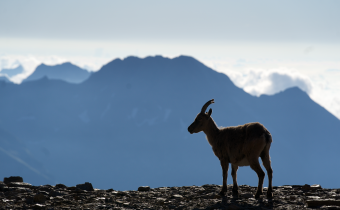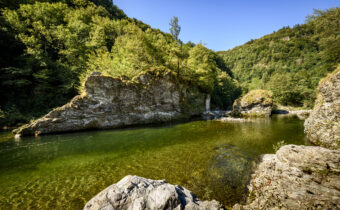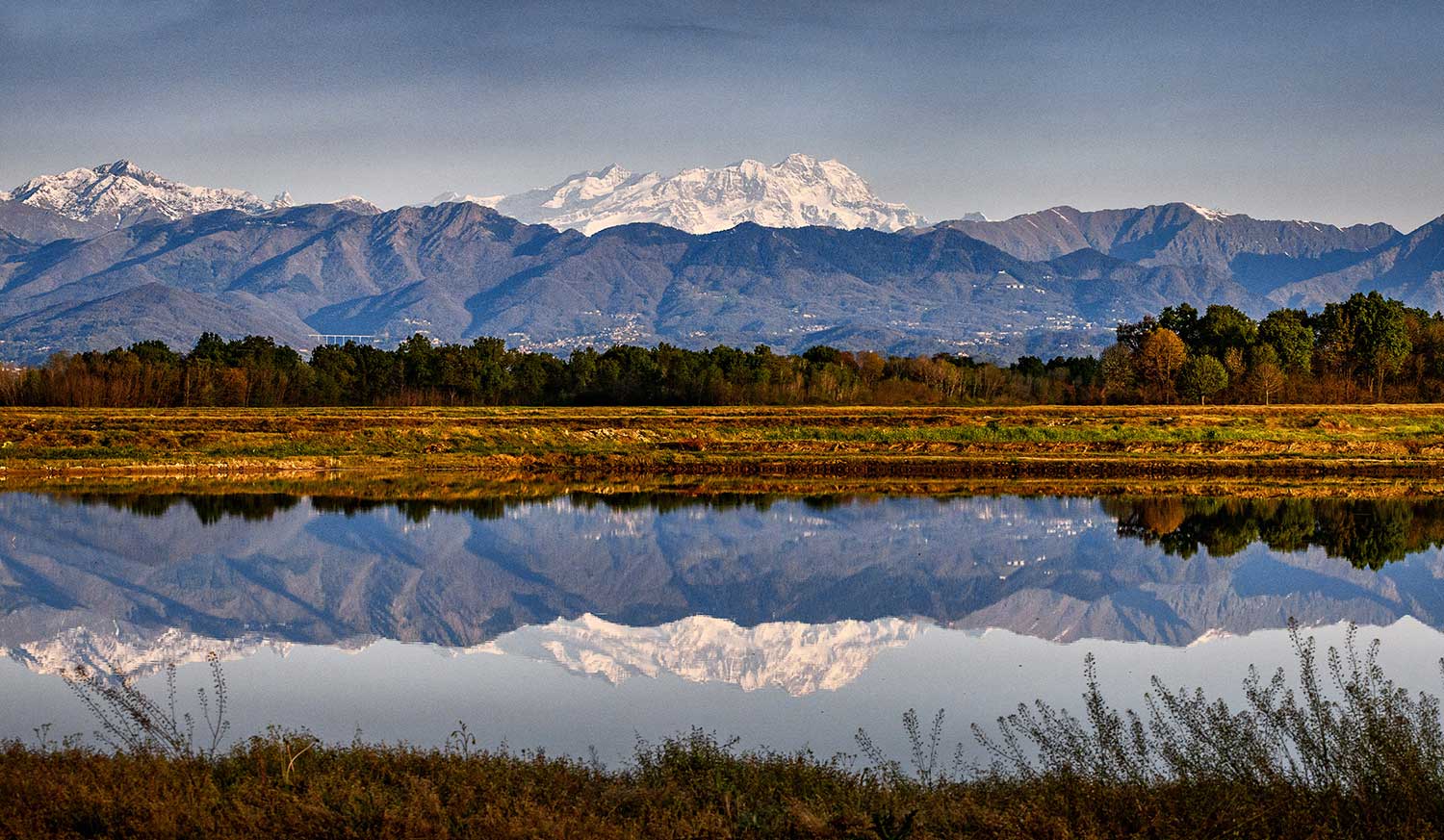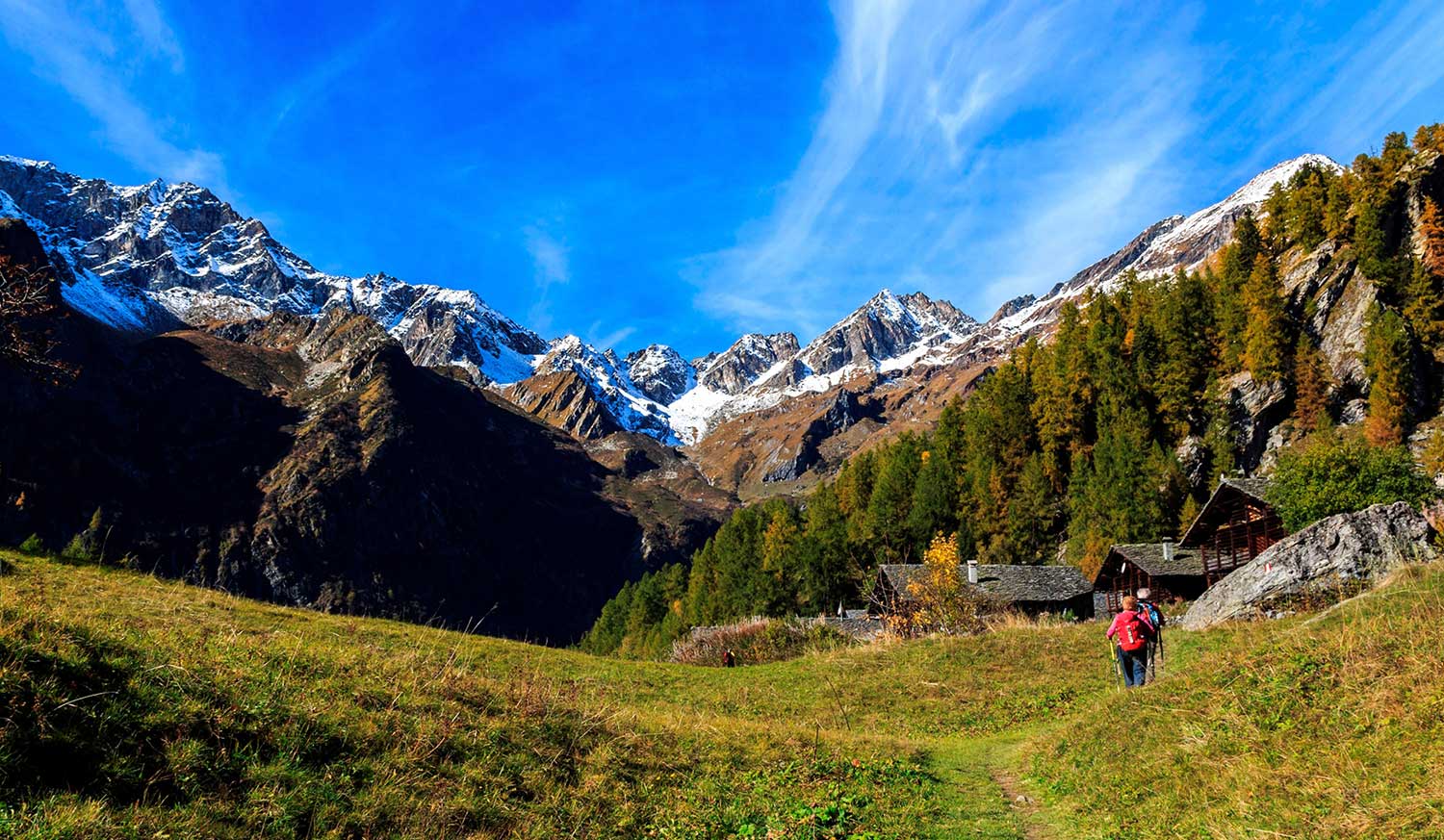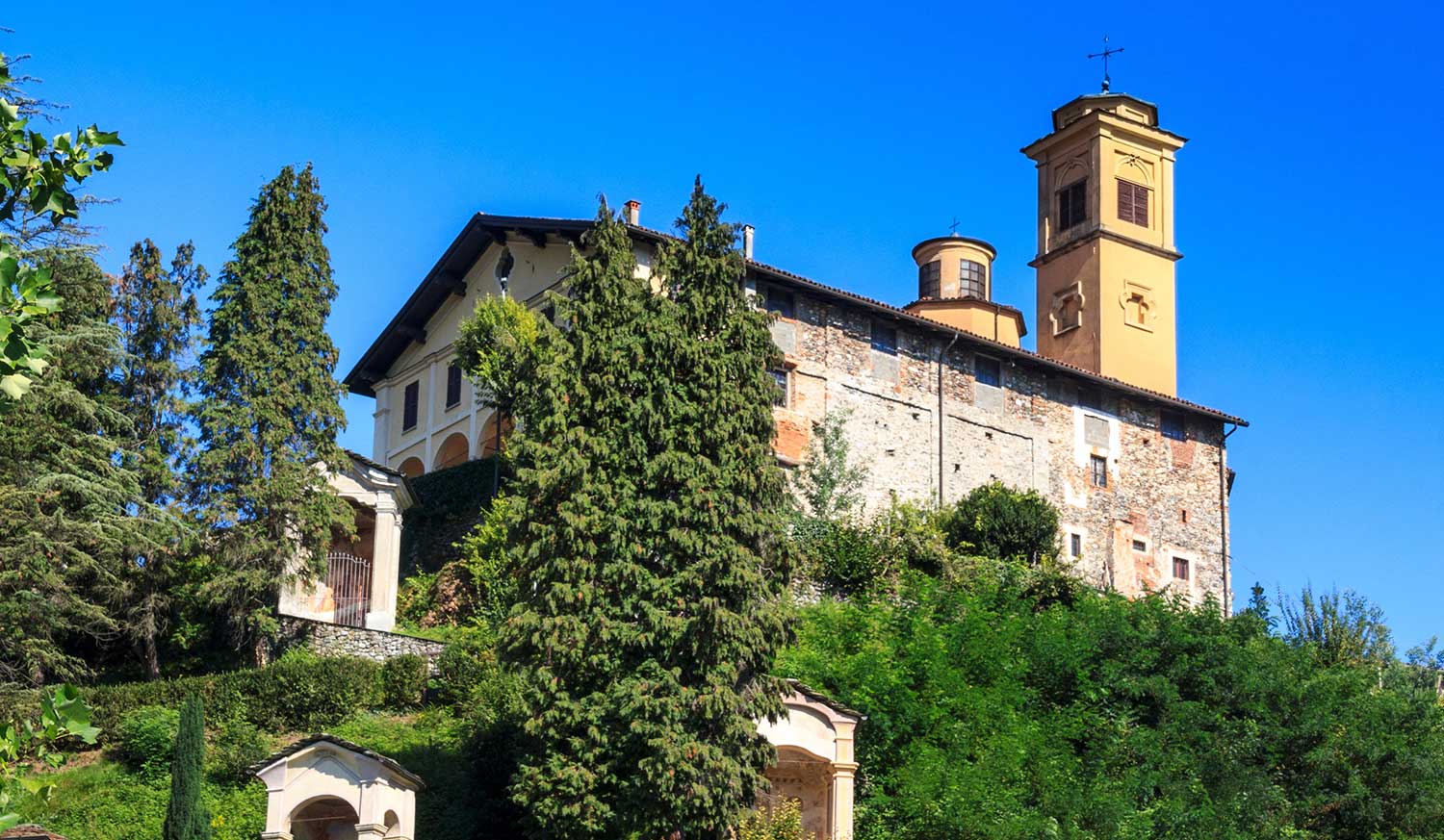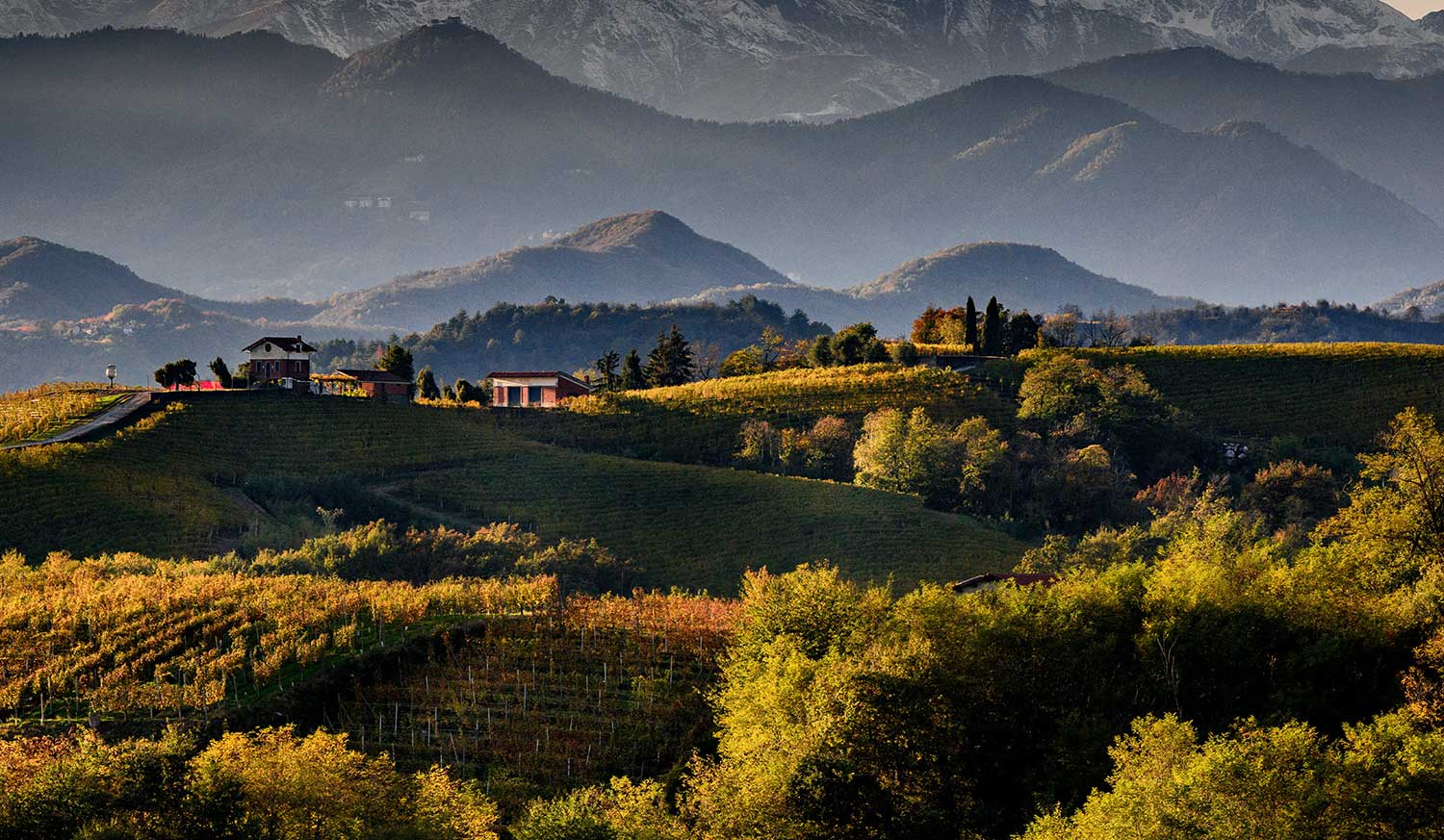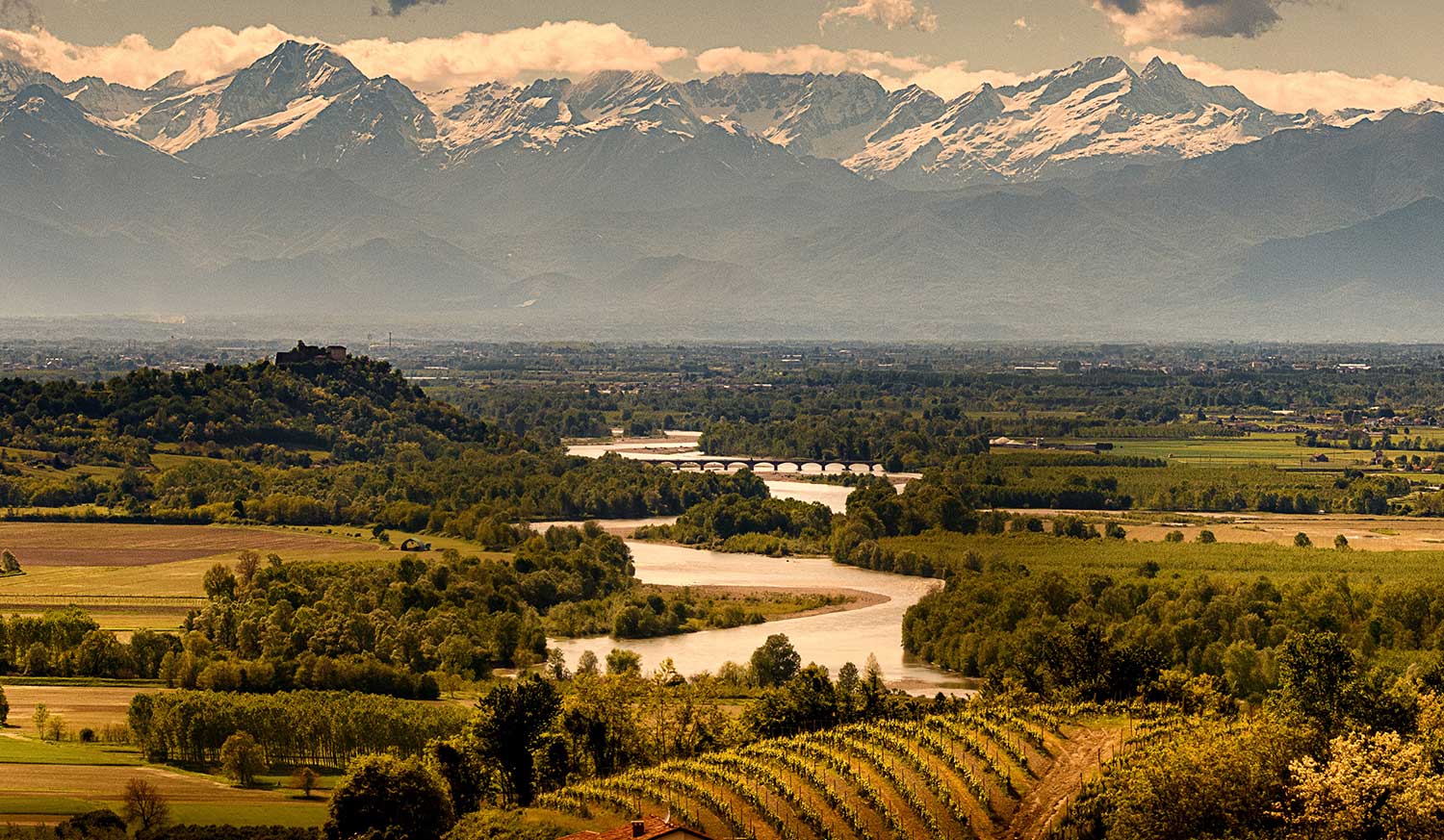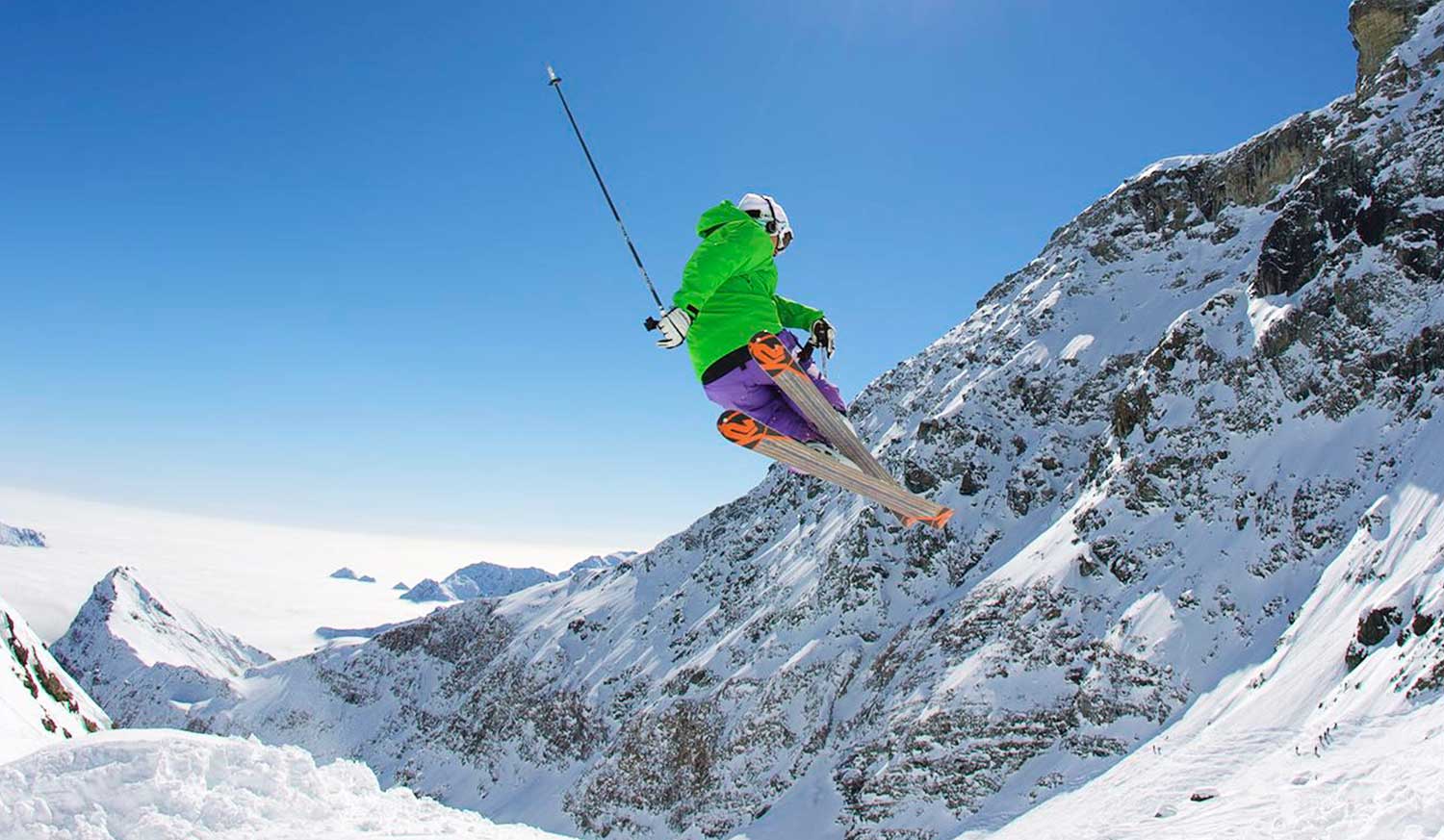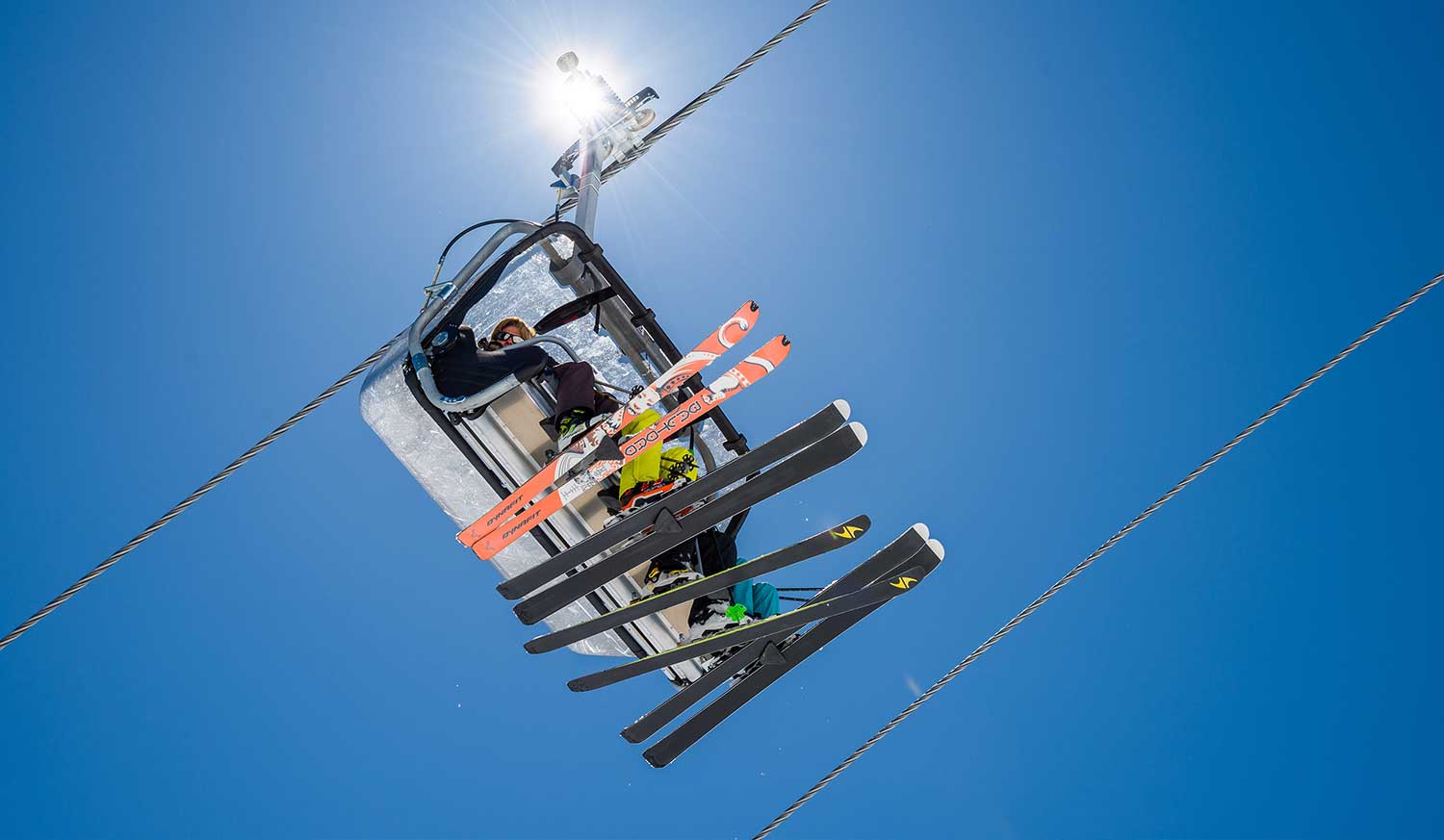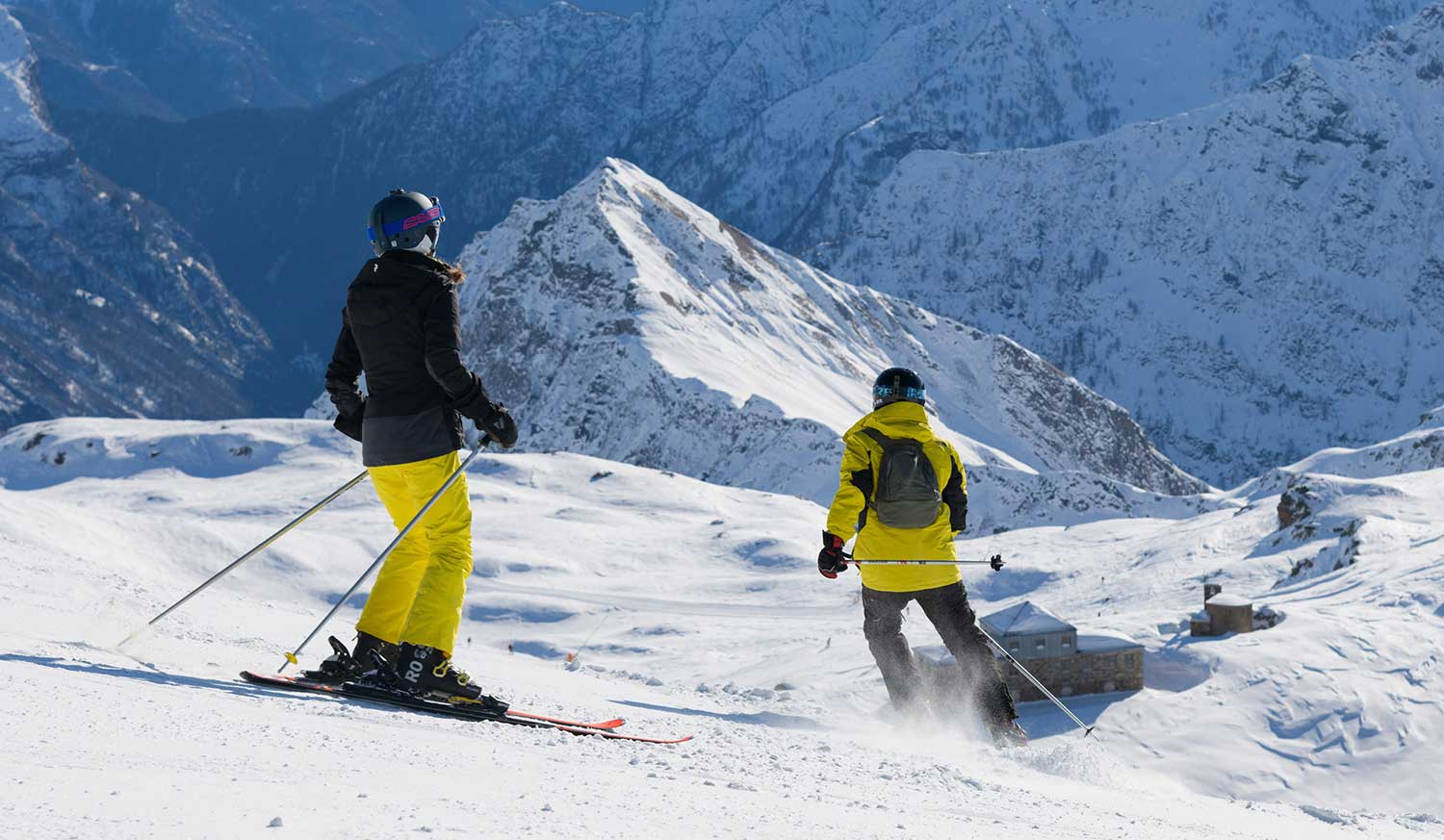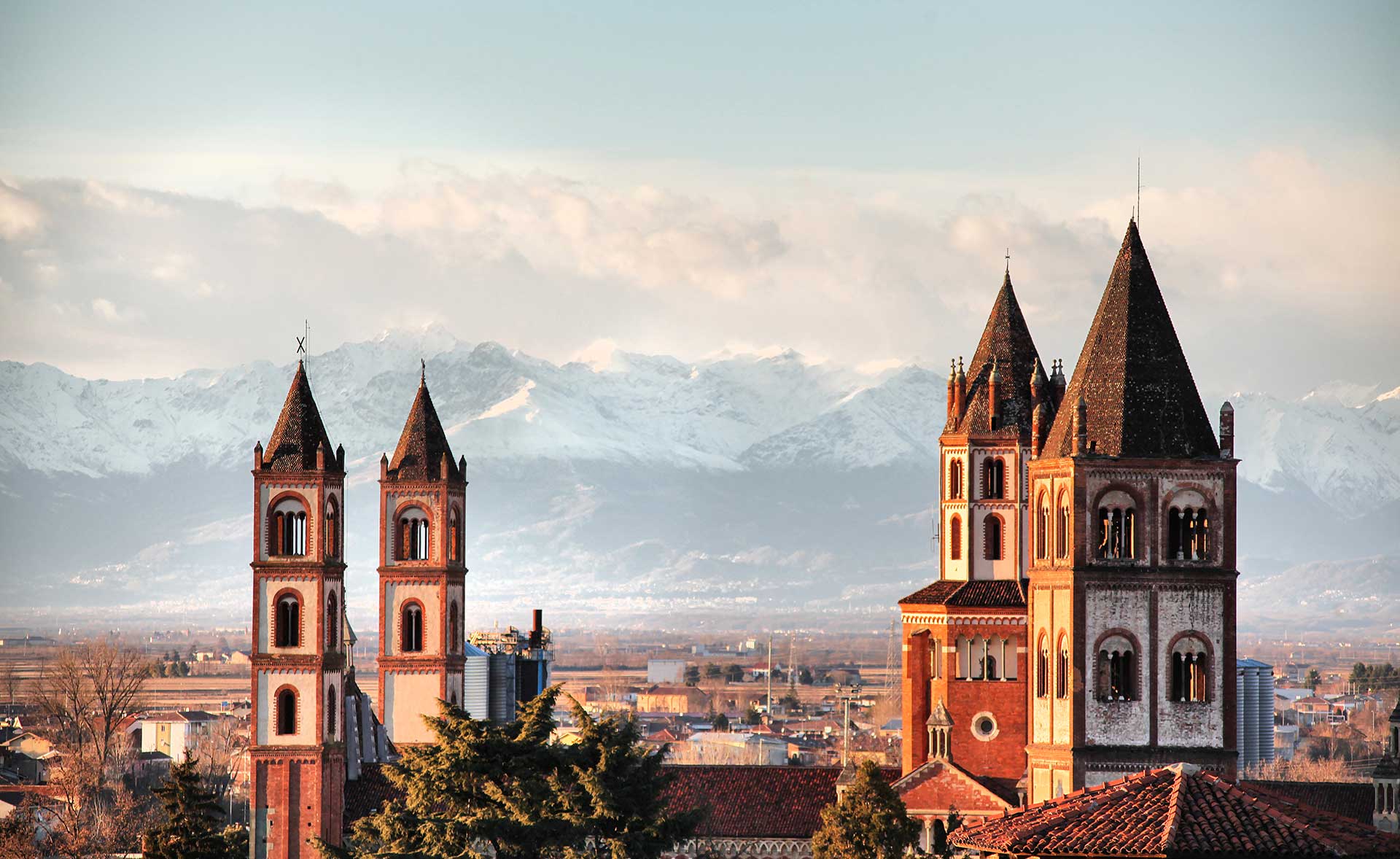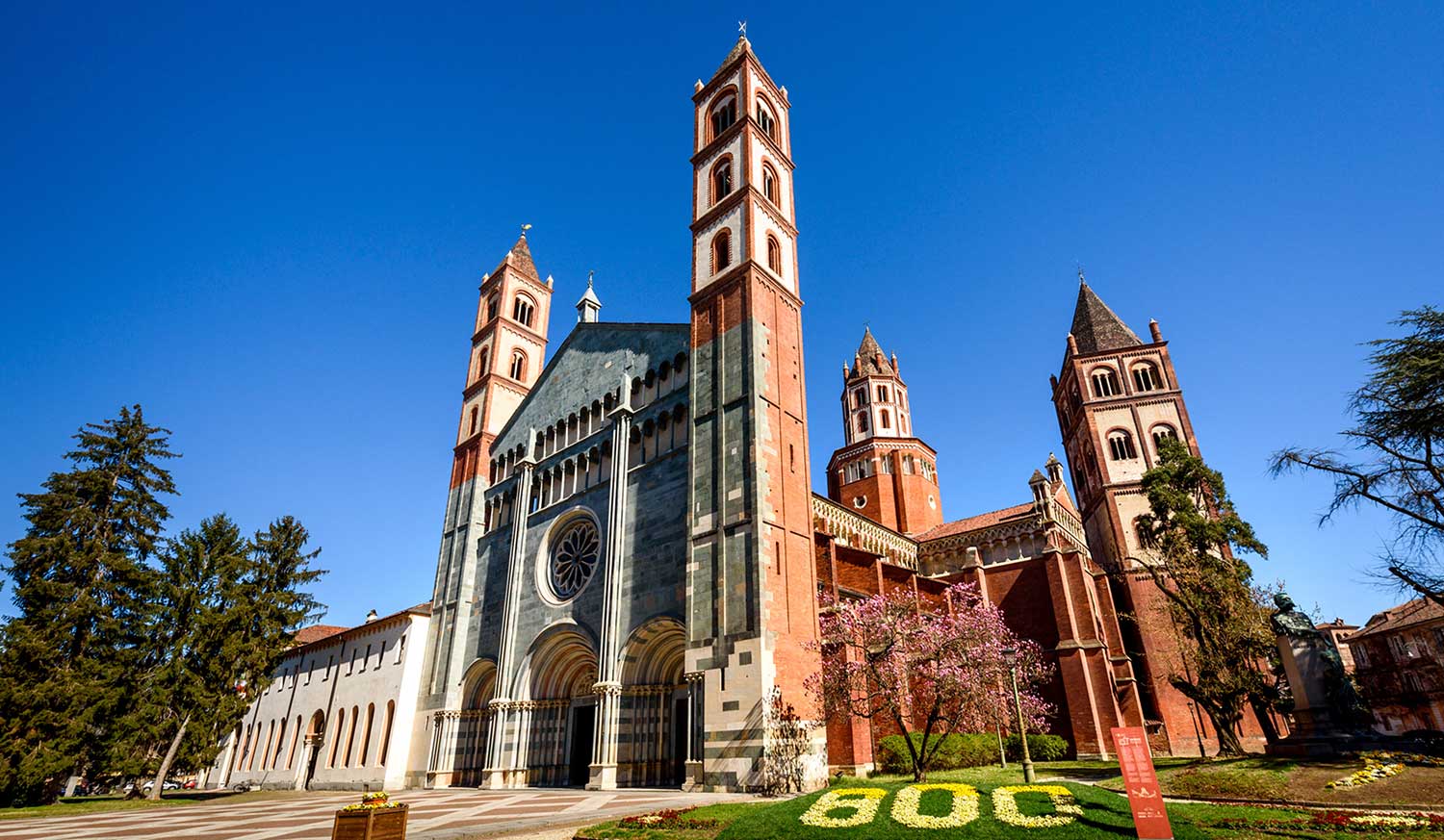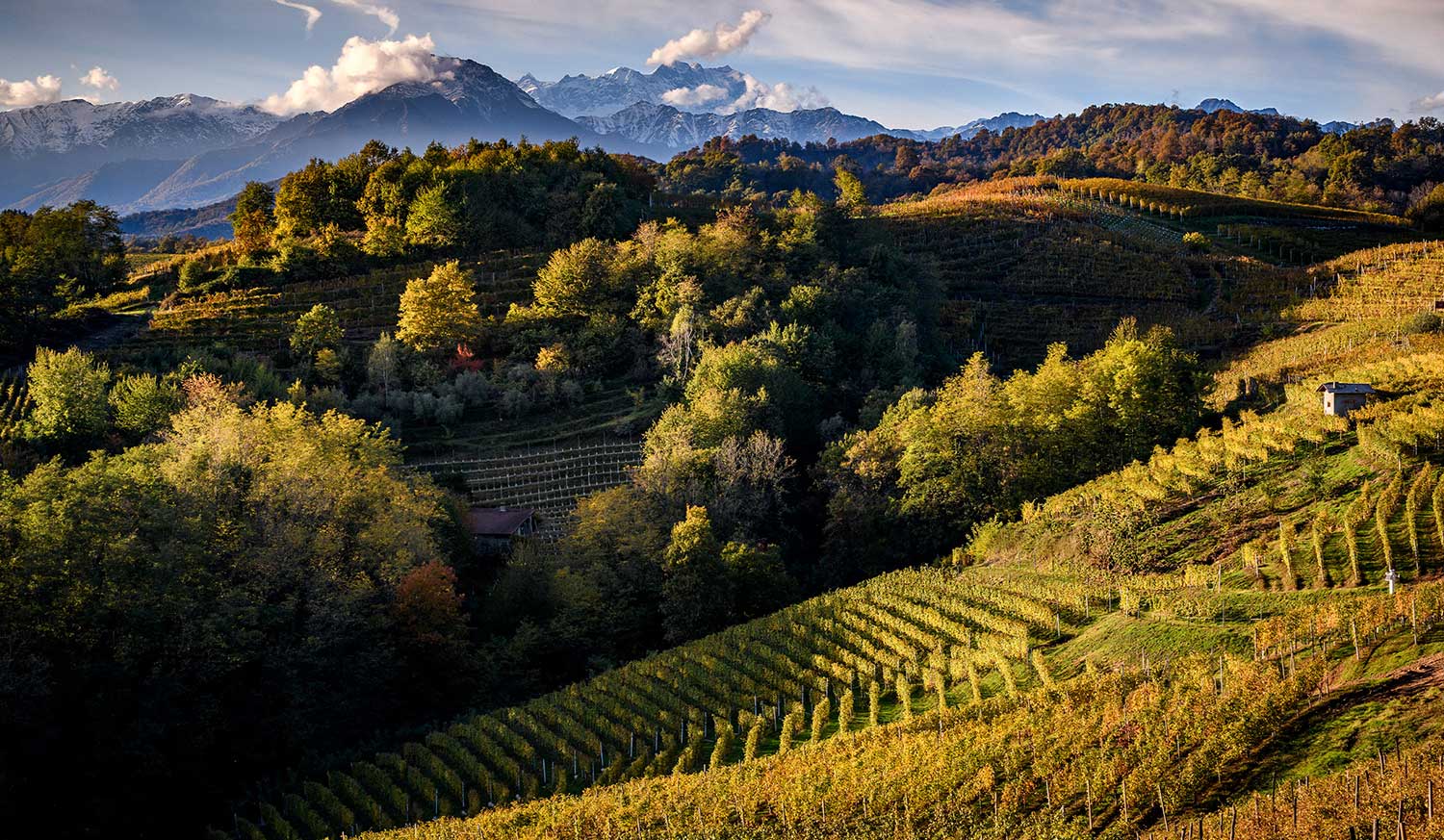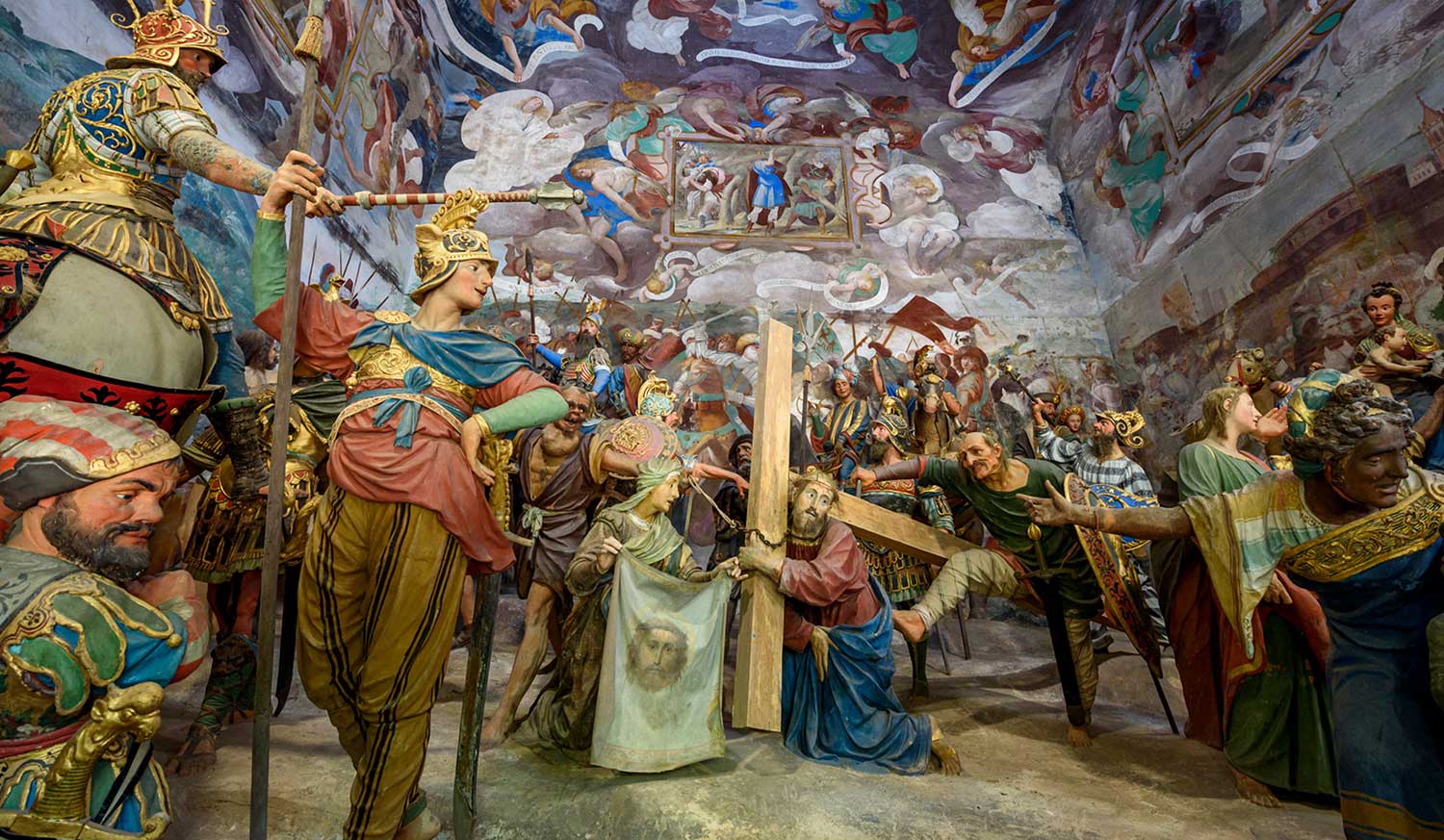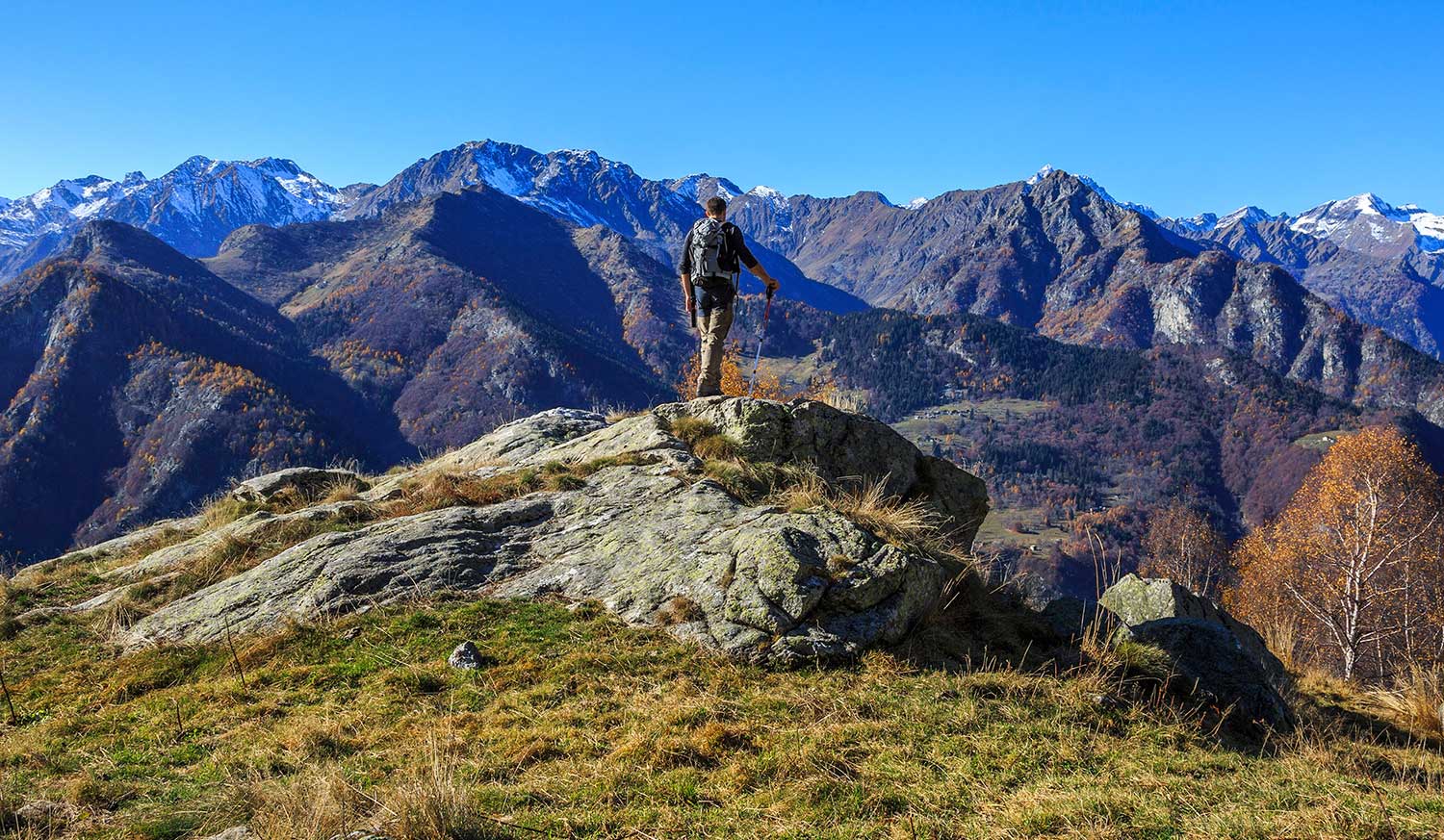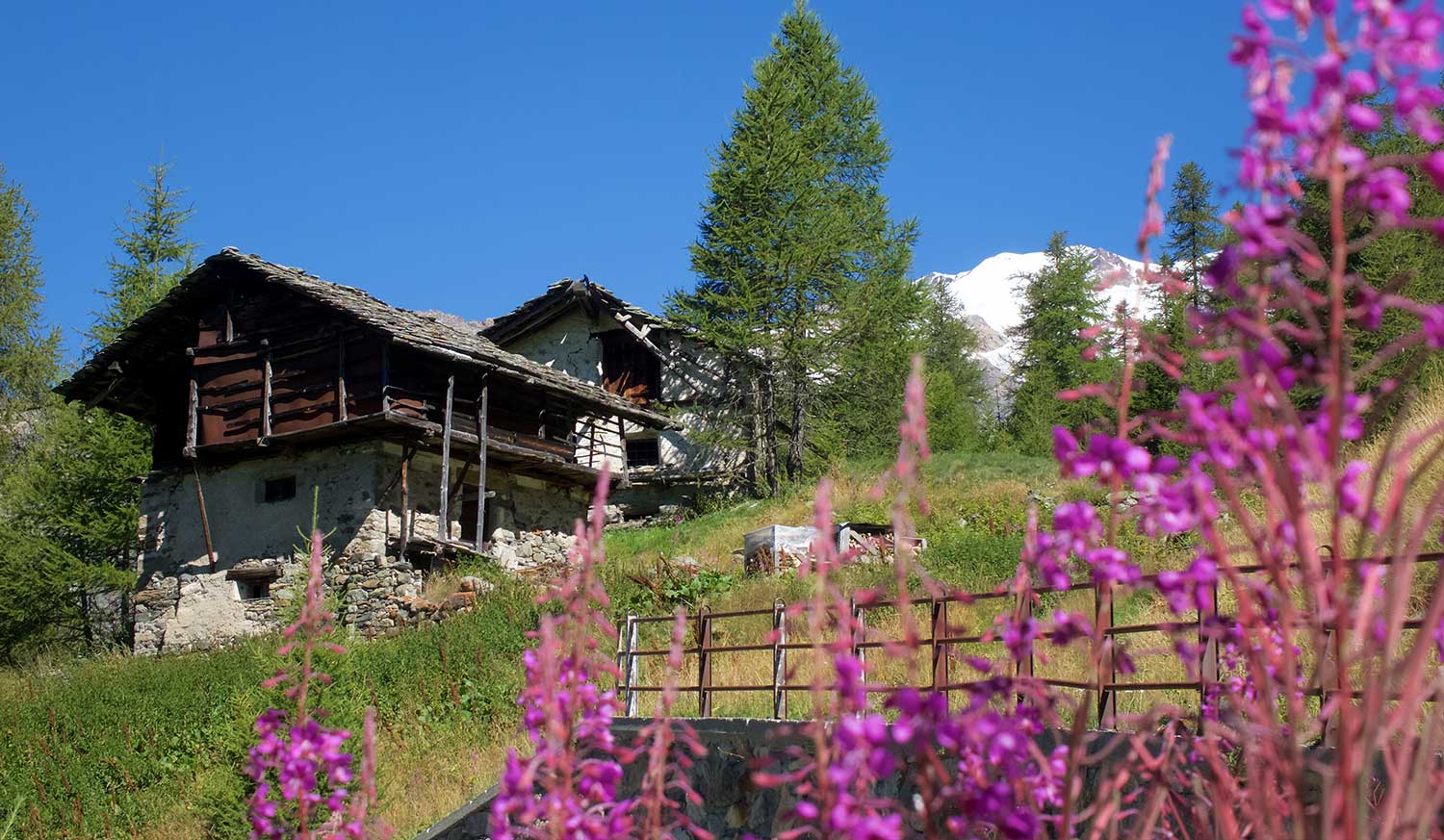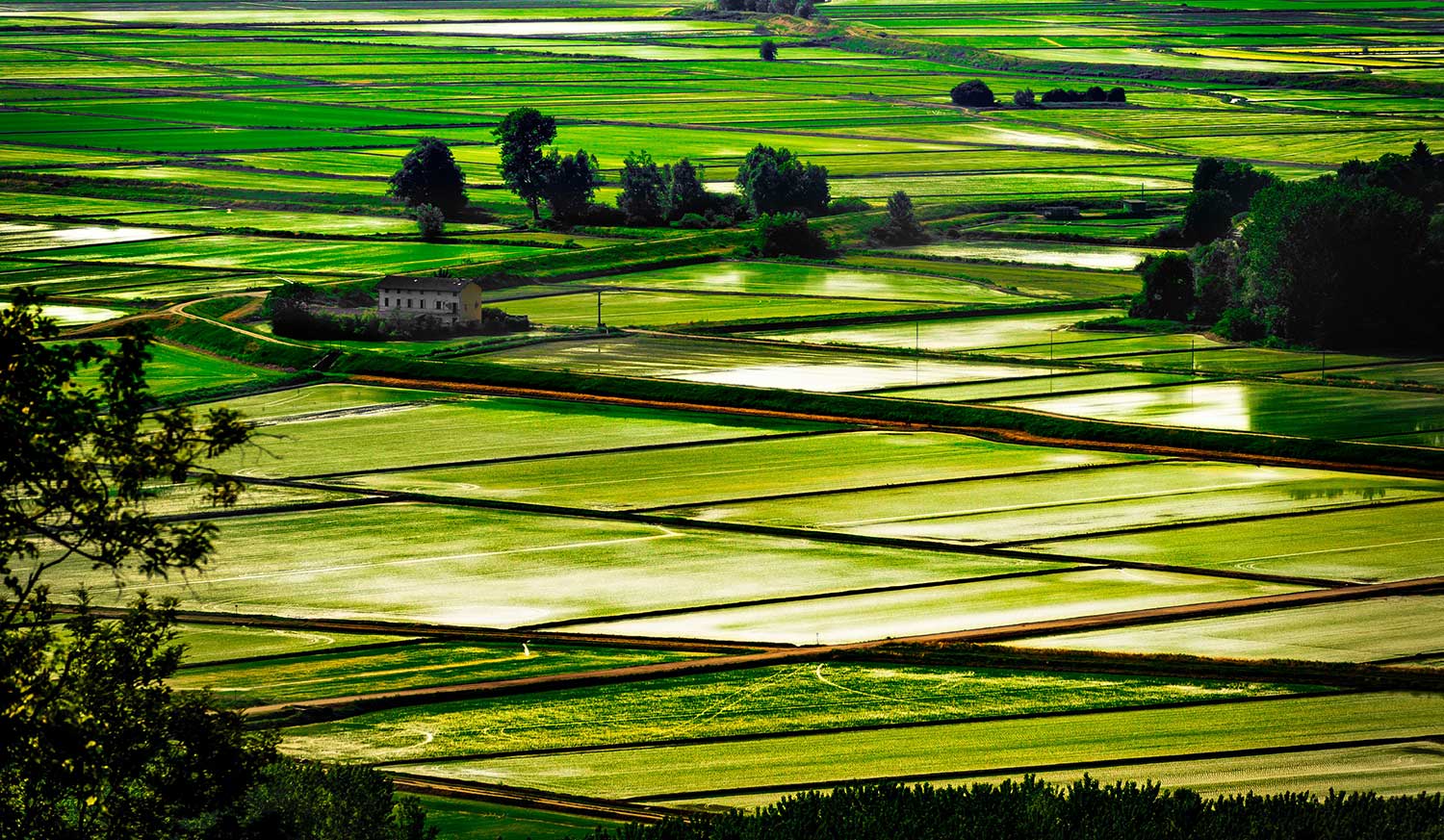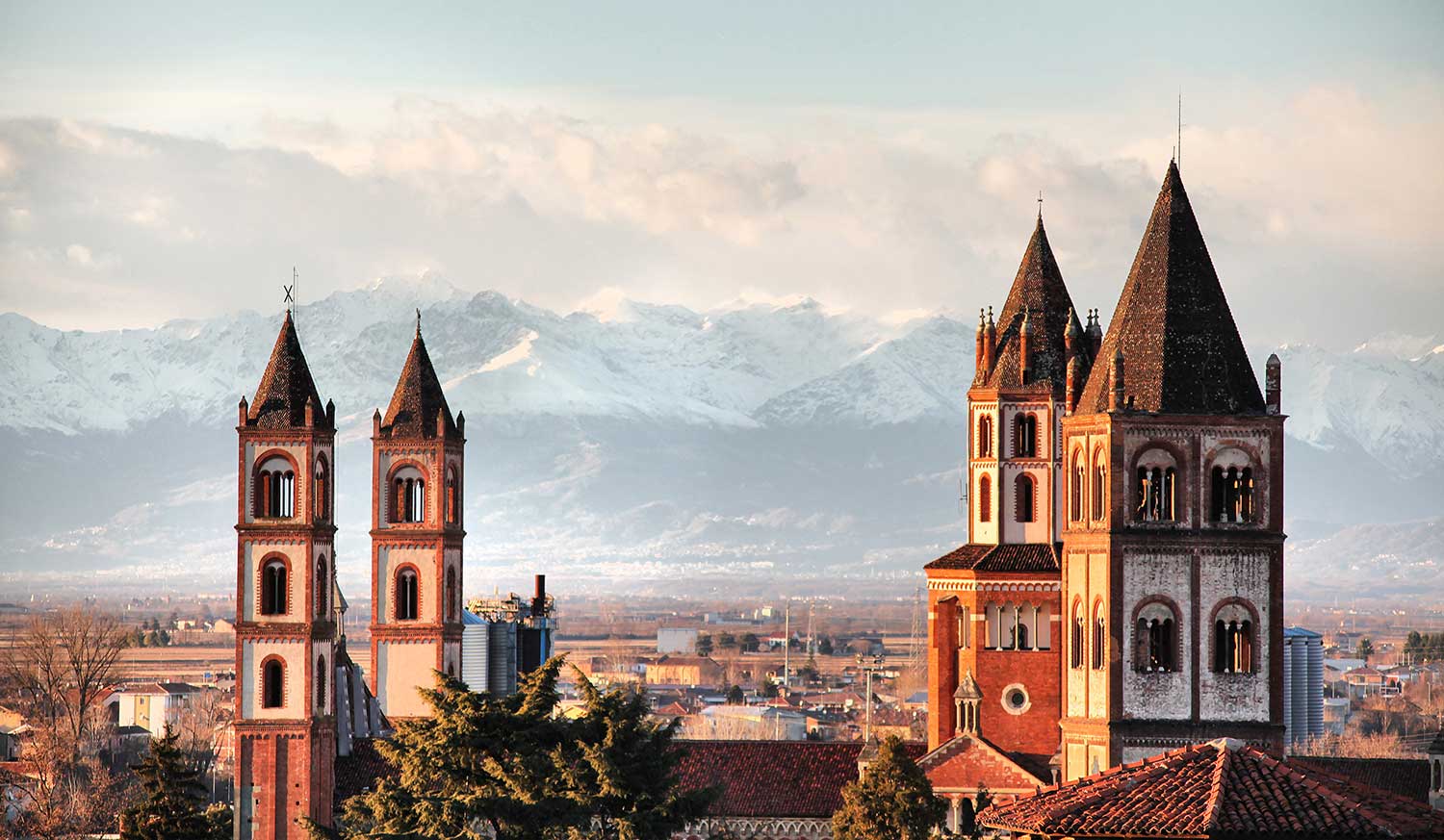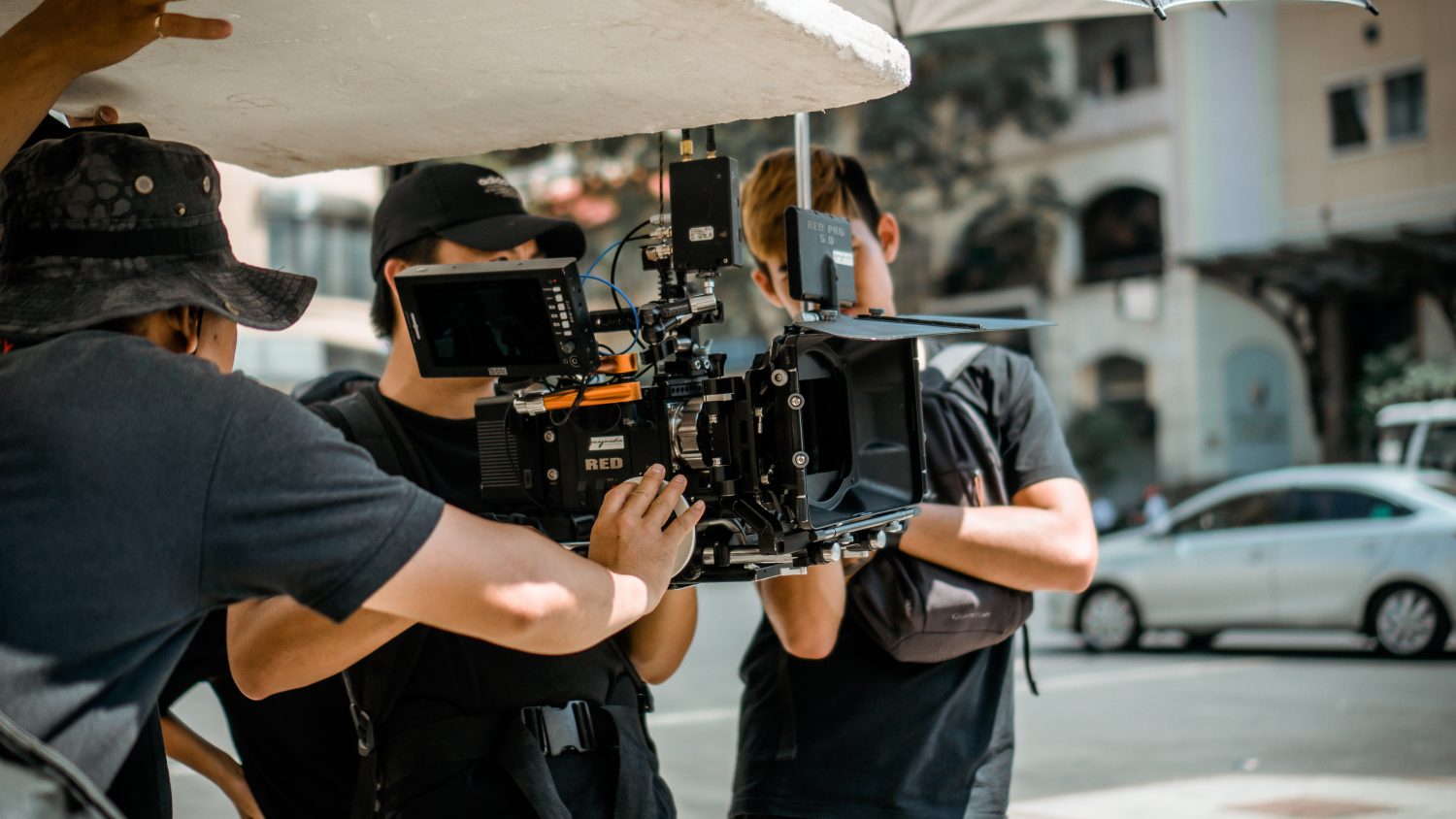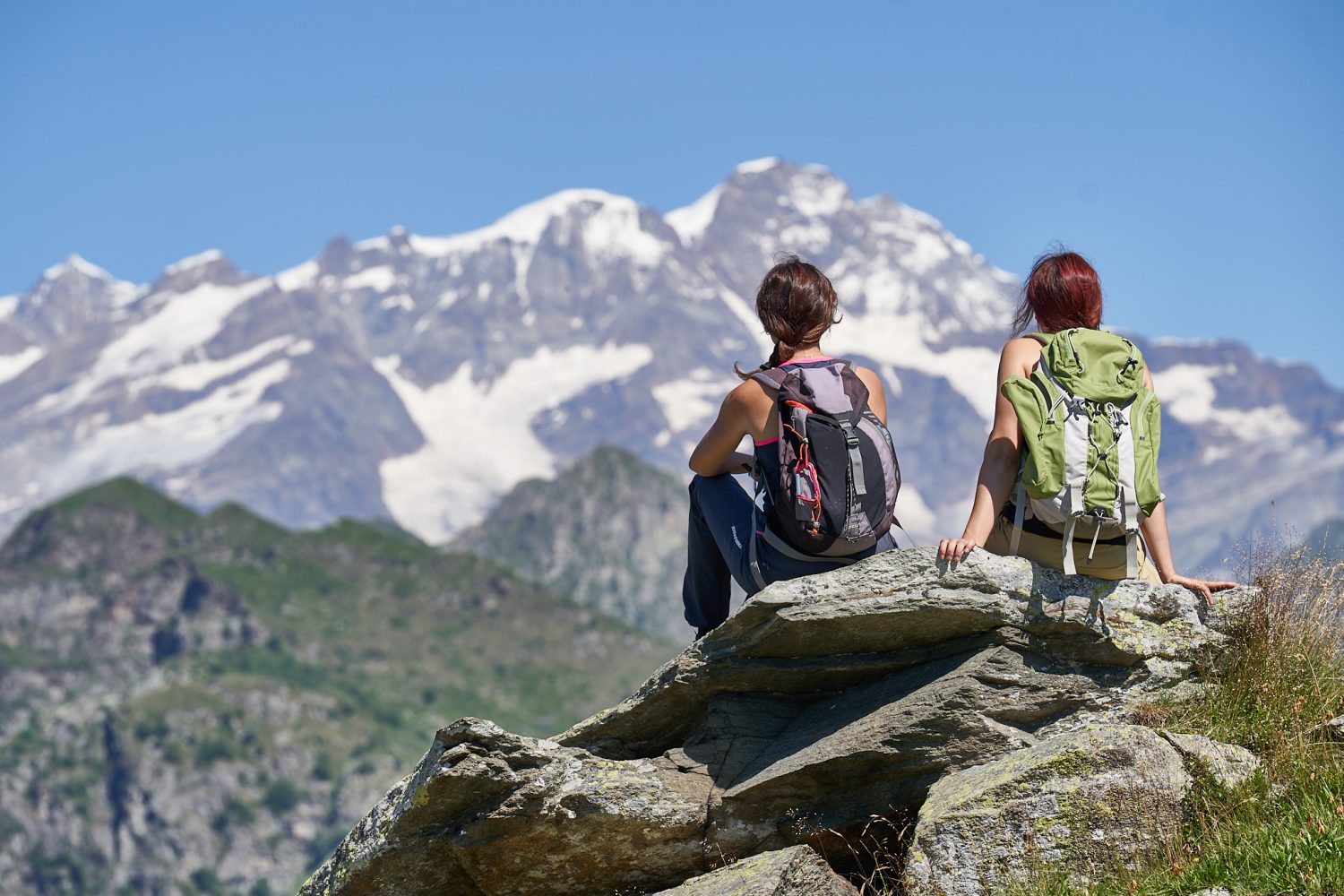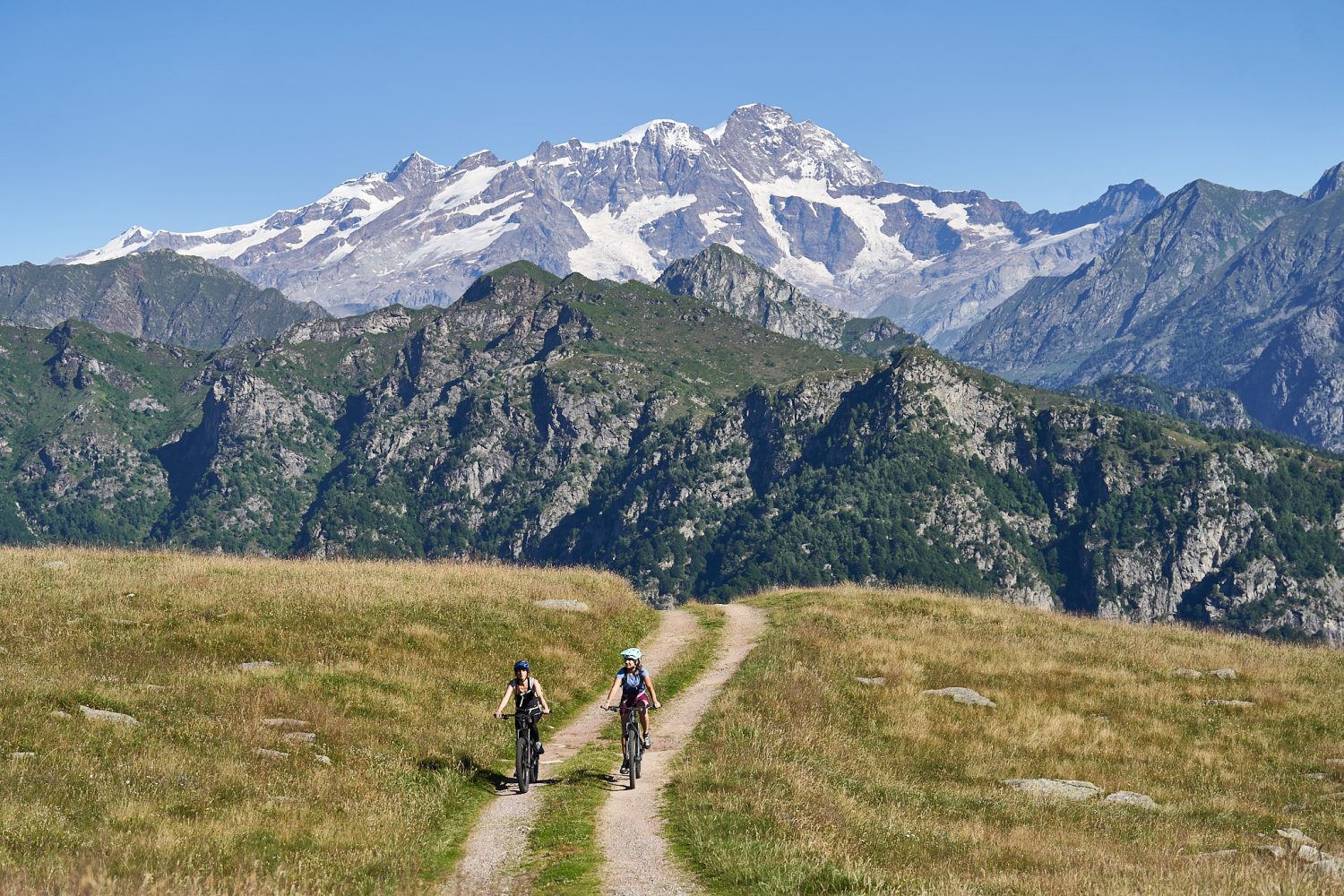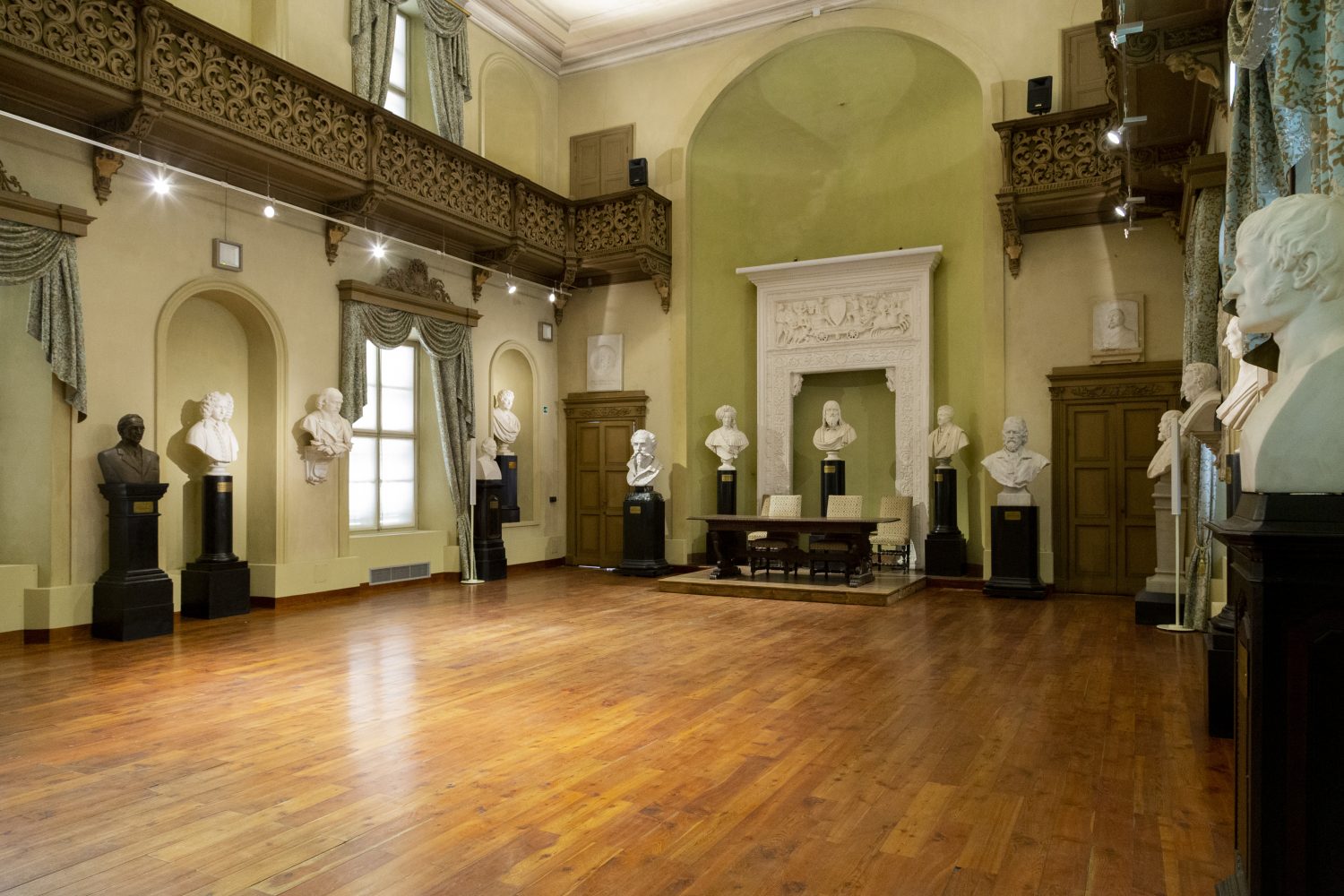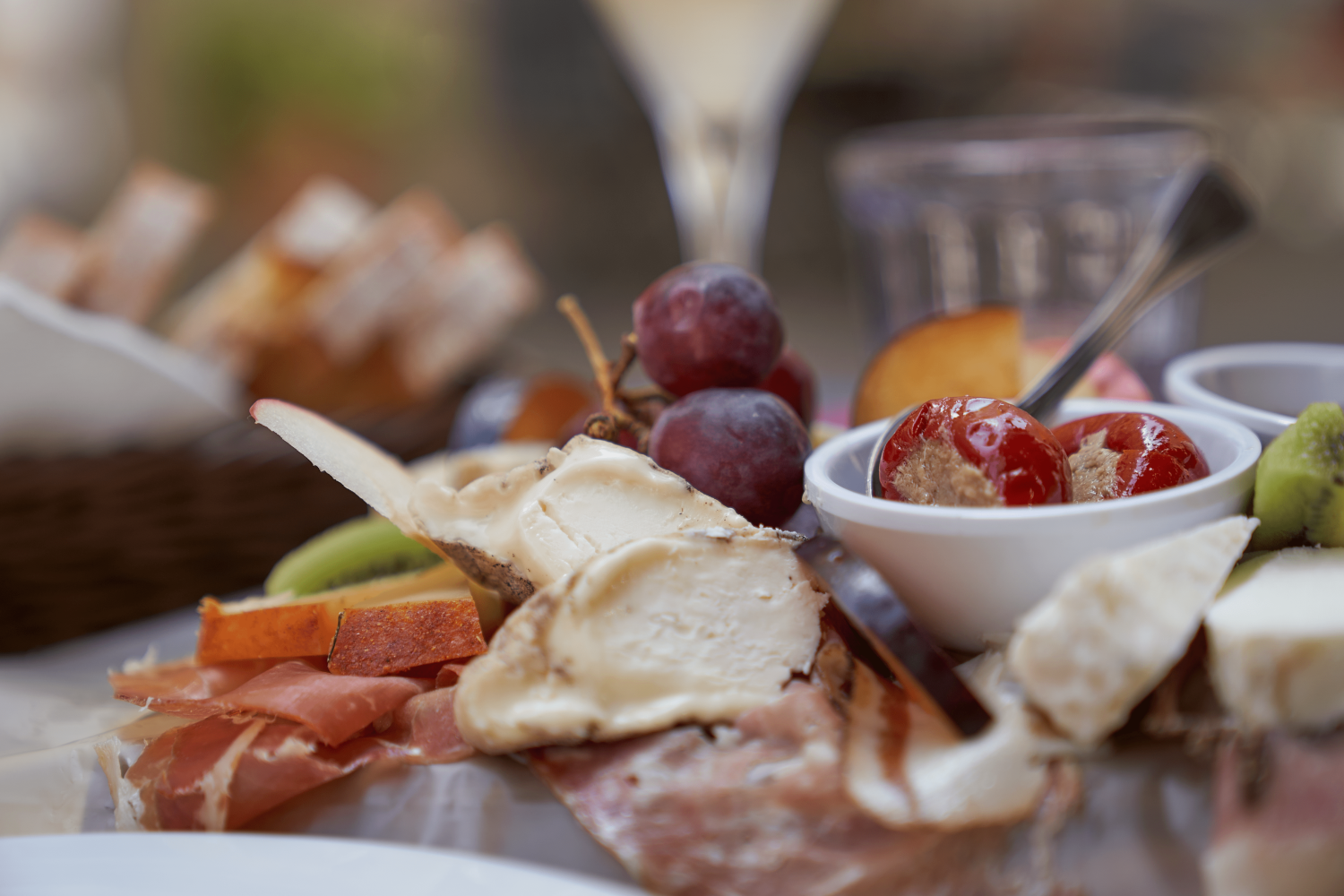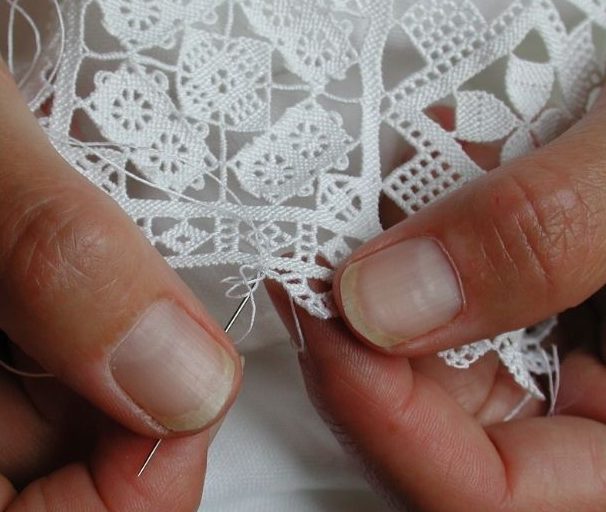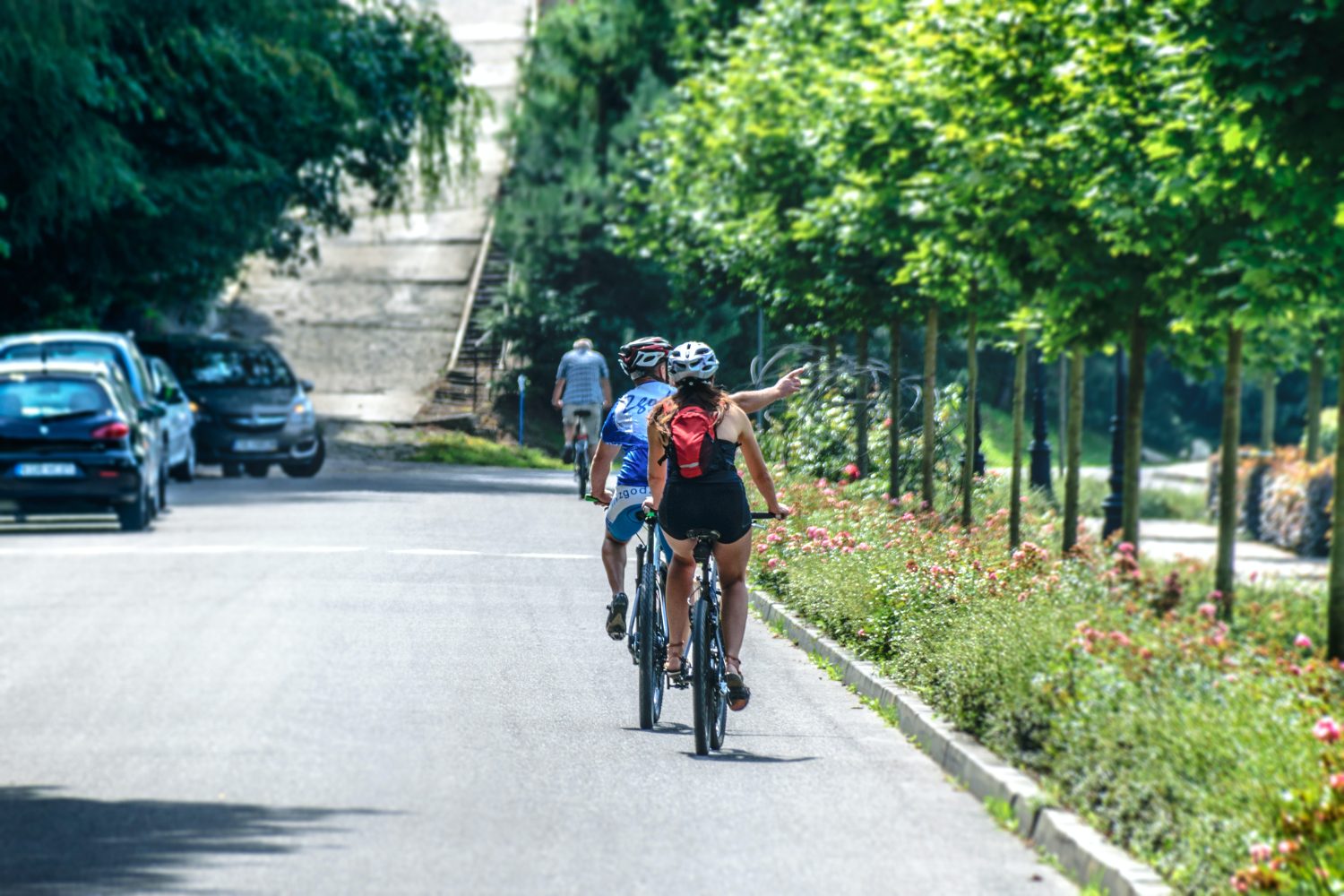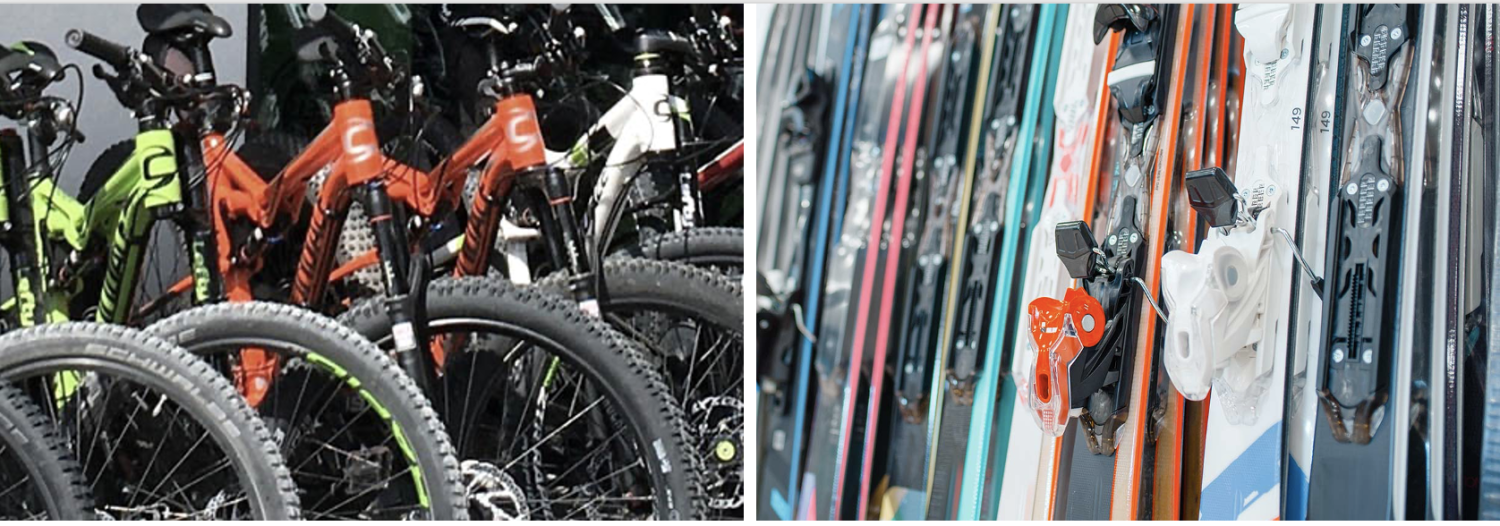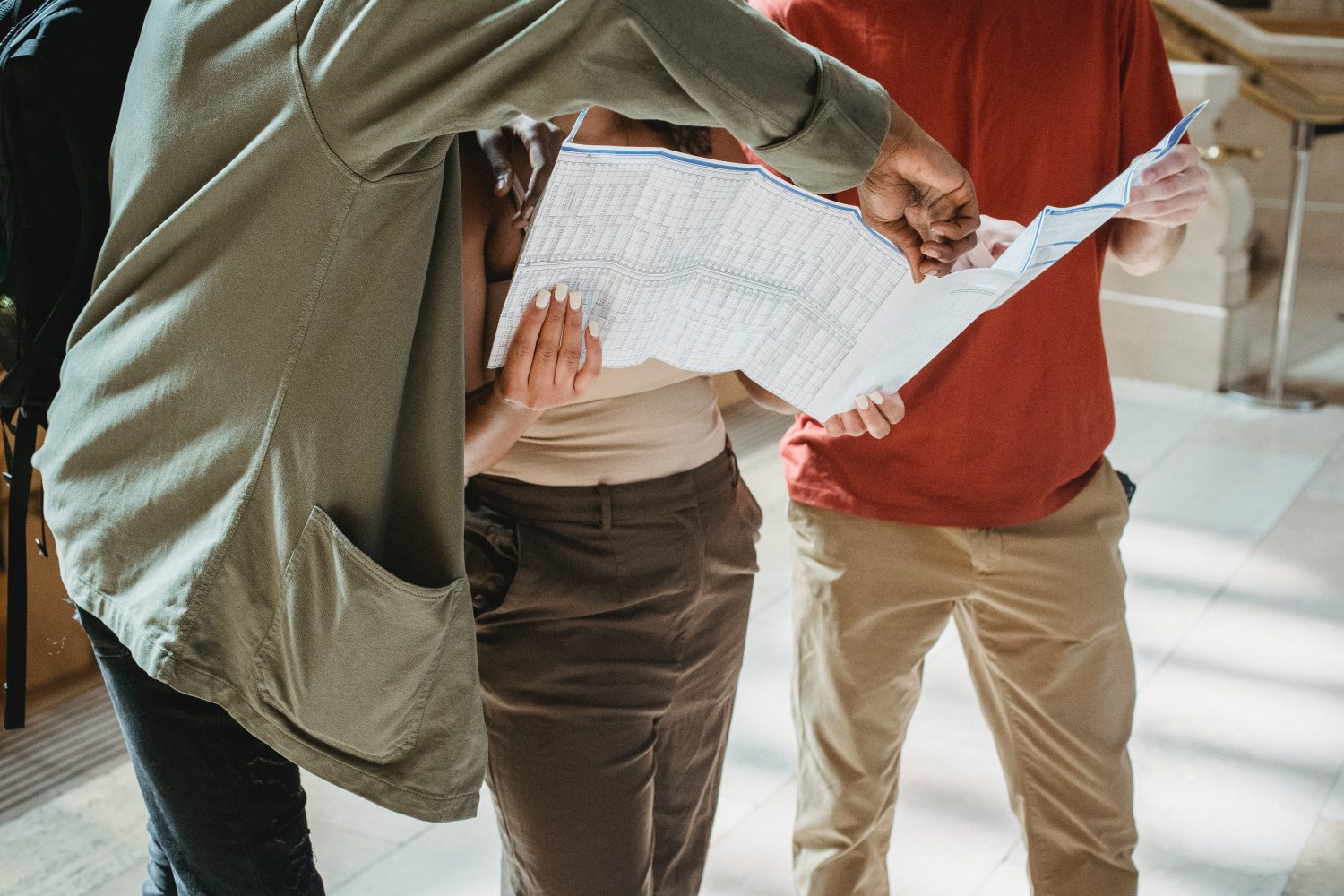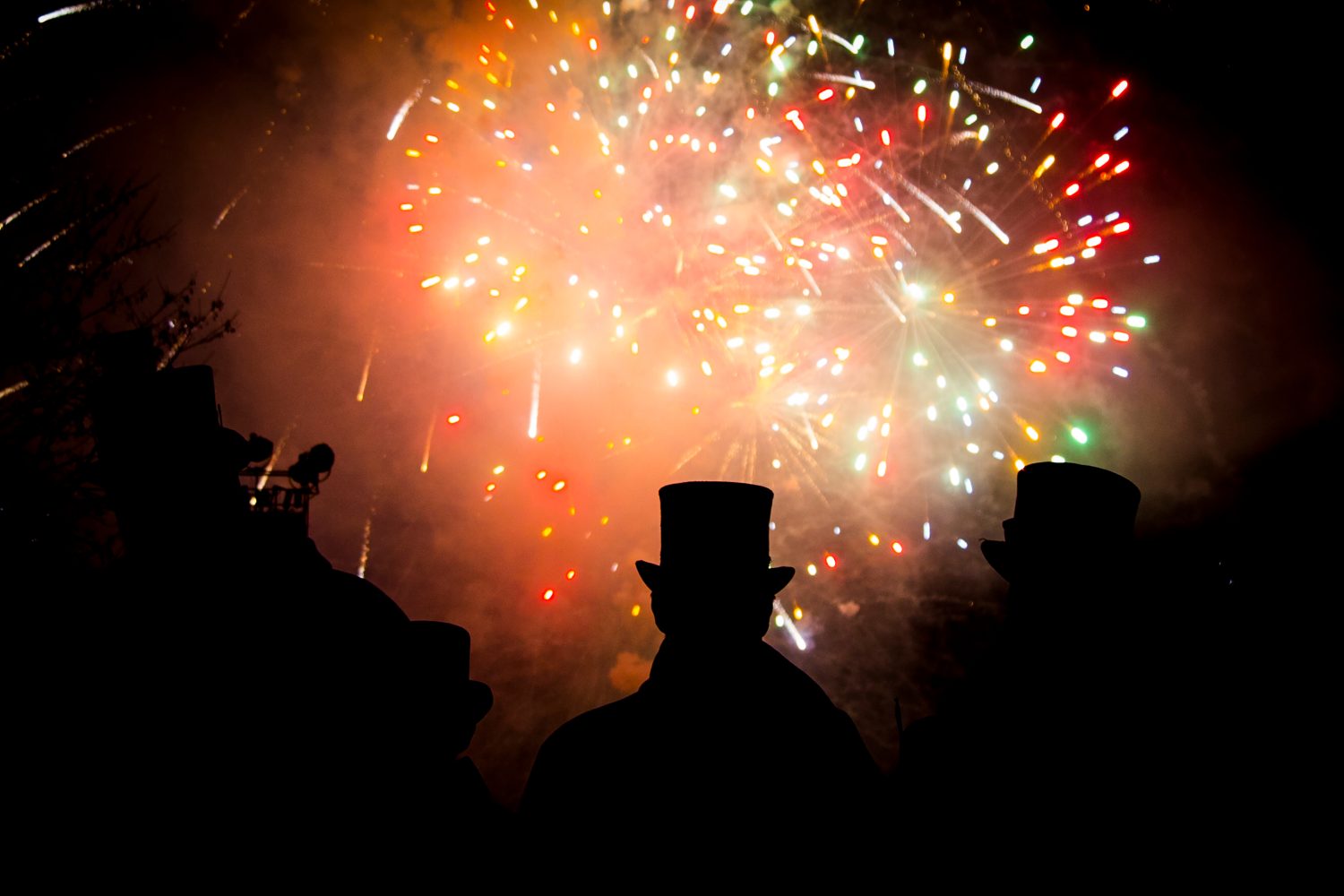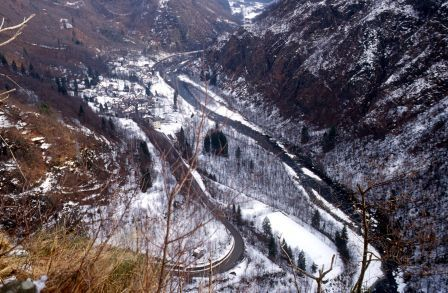
Cravagliana
Located in the Mastallone Valley, Cravagliana is a typical mountain village that conceals very ancient origins.
THE TOWN OF CRAVAGLIANA
The name derives from Latin, and indicates the rocky cracks that characterise the territory adjacent to the village. The municipality of Cravagliana has numerous hamlets: Casone, Giavinali, Canera, Molino, Nosuggio, Grassura, Pianaronda, Roncaccio, Upper and Lower Sassello, Ordovago, Meula, Ferrera, Saliceto, Voi, Gula, Dietro la Sella, Upper and Lower Valbella, Brugaro, Brugarolo, Selva, Bocciolaro and Colla
The parish church is dedicated to St. Mary of the Assumption and to St. Stephen. It is the oldest church in the area, as reported by several studies that mention it as early as the 13th century. Externally it is frescoed with a large painting of St. Christopher, and inside there are numerous carved wooden works dating back to the 17th century.
The Sanctuary of the Tizzone, which can be reached via a mule track and is surrounded by a beautiful chestnut wood, is of great artistic interest.
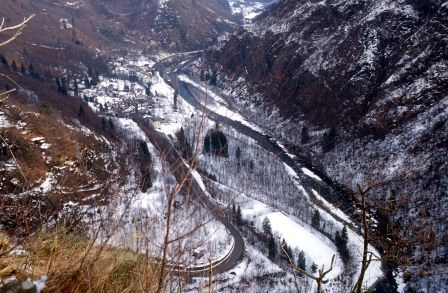
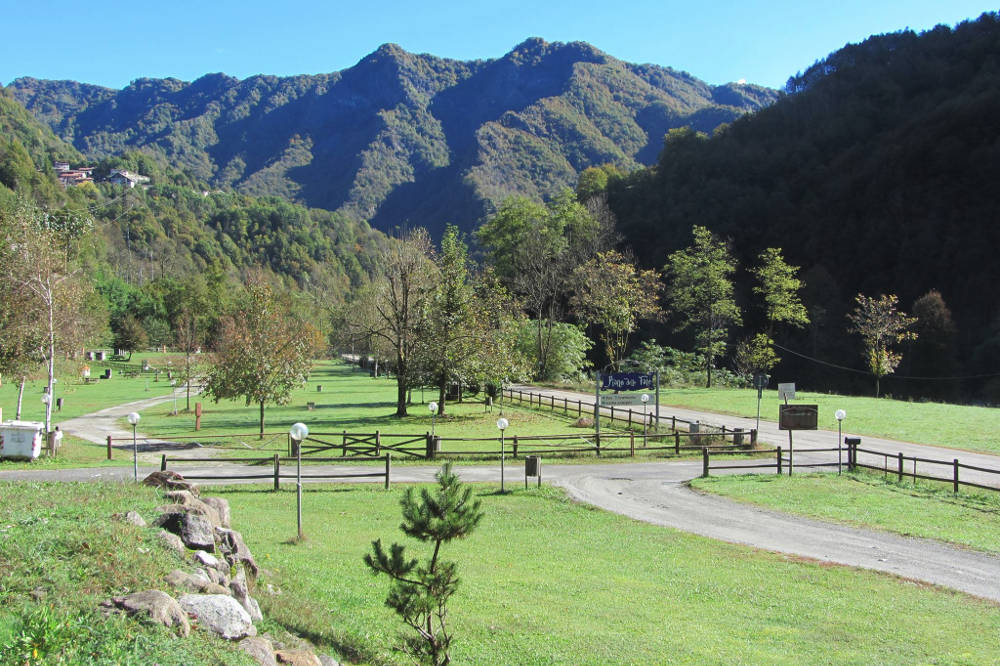
A TOWN WITH CURIOUS DETAILS
The village of Cravagliana is known for being the birthplace of Giovanni Battista Lorenzo Bogino (1701 – 1784), politician and Minister for Affairs at the Court of Charles Emmanuel III, and of Giacomo Ginotti (1845 – 1897), an important Valsesian sculptor known in the most famous Italian and European courts of the time.
In the 18th century, there was a well-developed circuit of mines for ironworking that was exploited until the early 20th century.
The village of Cravagliana, with its numerous hamlets that extend up to the high alpine pastures is among the largest in Valsesia.
Don’t miss in this area
Discover the wonders of the Mastallone Valley
Art and culture, nature, ancient traditions, food and wine excellence and outdoor activities: let the Mastallone Valley win you over!
